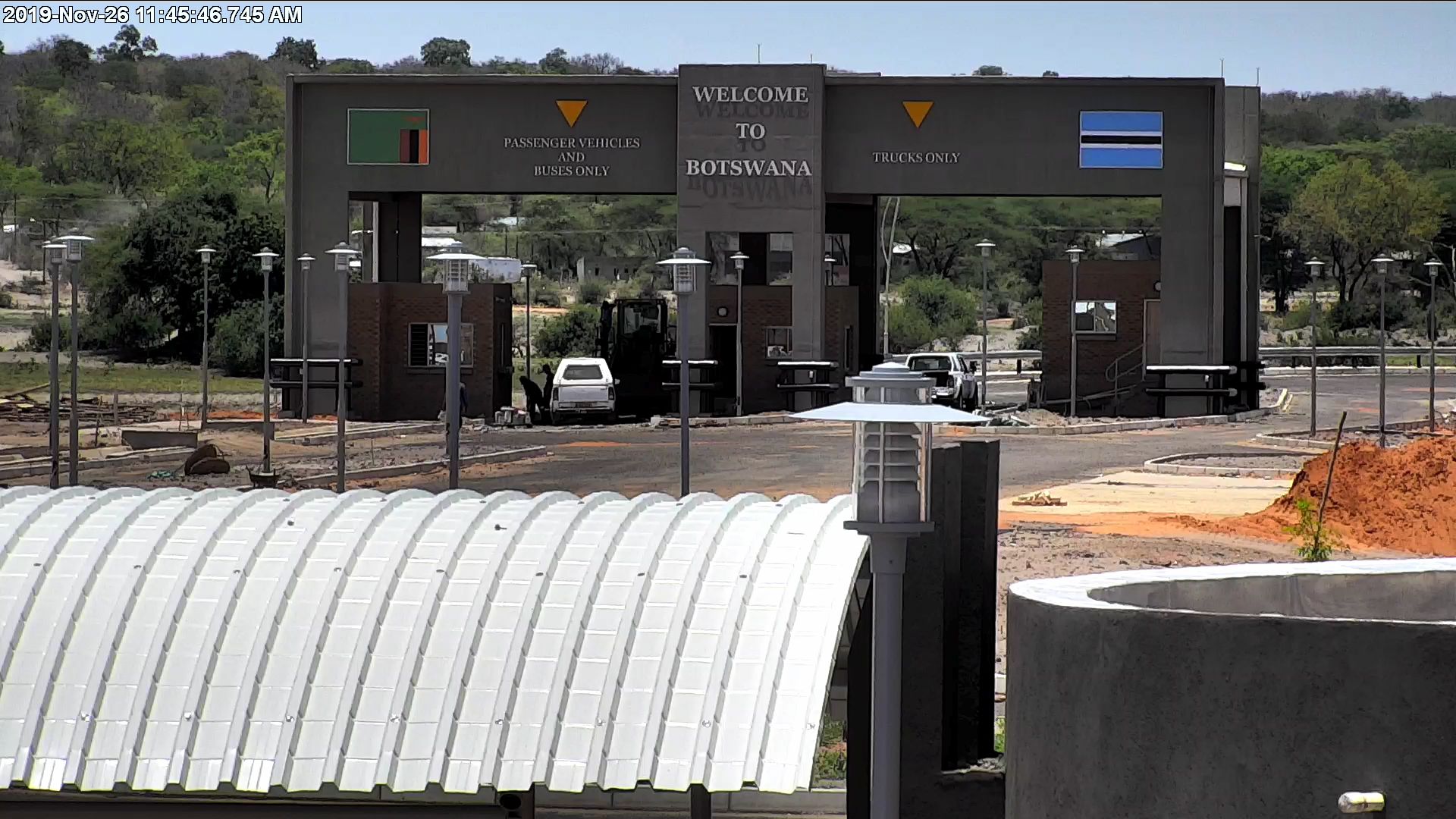The Zimbabwean government has started the construction of houses for staff in Kazungula’s border post for state employees. This is aimed to improve service and modernise the port on the Botswana side of the border.
Also Read: Lagos Fairfield Apartments project developer hands over additional house units
The Kazungula border post is around 70 kilometres from Victoria Falls, and government personnel stationed there have been travelling to and from work every day for many years. This has certainly proven inconvenient for the workers. As such, the new houses for staff members are made as part of the Kazungula Police Camp.
Construction began in 2019 and will result in the deployment of extra workers to the port. The government believes that providing office and housing space would aid in the realisation of the devolution and decentralisation policy.
The houses have already had their roofs, ceilings, and electrical tubes erected.
Each house is split into four portions, with each area housing a single employee and his or her family. Frames for solar panels have also been erected on the rooftops of each house to allow for an alternative energy source.
Similar buildings are being built for the Department of Immigration, with workers hammering the flooring in preparation for actual construction.
This is one of several projects being carried out by the government as part of the National Development Strategy 1 (NDS1). This strategy seeks to elevate the country to the upper-middle class by 2030.
The Kazungula border is strategically positioned as an entry point to the region. It is closely linked to the US$260 million Kazungula Bridge, which connects Botswana, Zambia, and Zimbabwe. This is important for trade and commerce by connecting countries that have all faced infrastructural backtracks.
It is essential to both the Africa Agenda 2063 and the SADC Regional Development Master Plan-Vision 2027 to envision well-maintained and managed infrastructure that promotes regional integration.
The area’s modernisation and other projects around the country illustrate the government’s commitment to modernising infrastructure to establish a middle-income economy by 2030.

